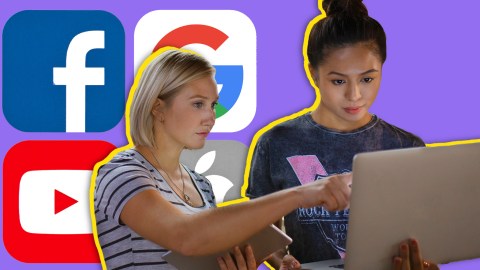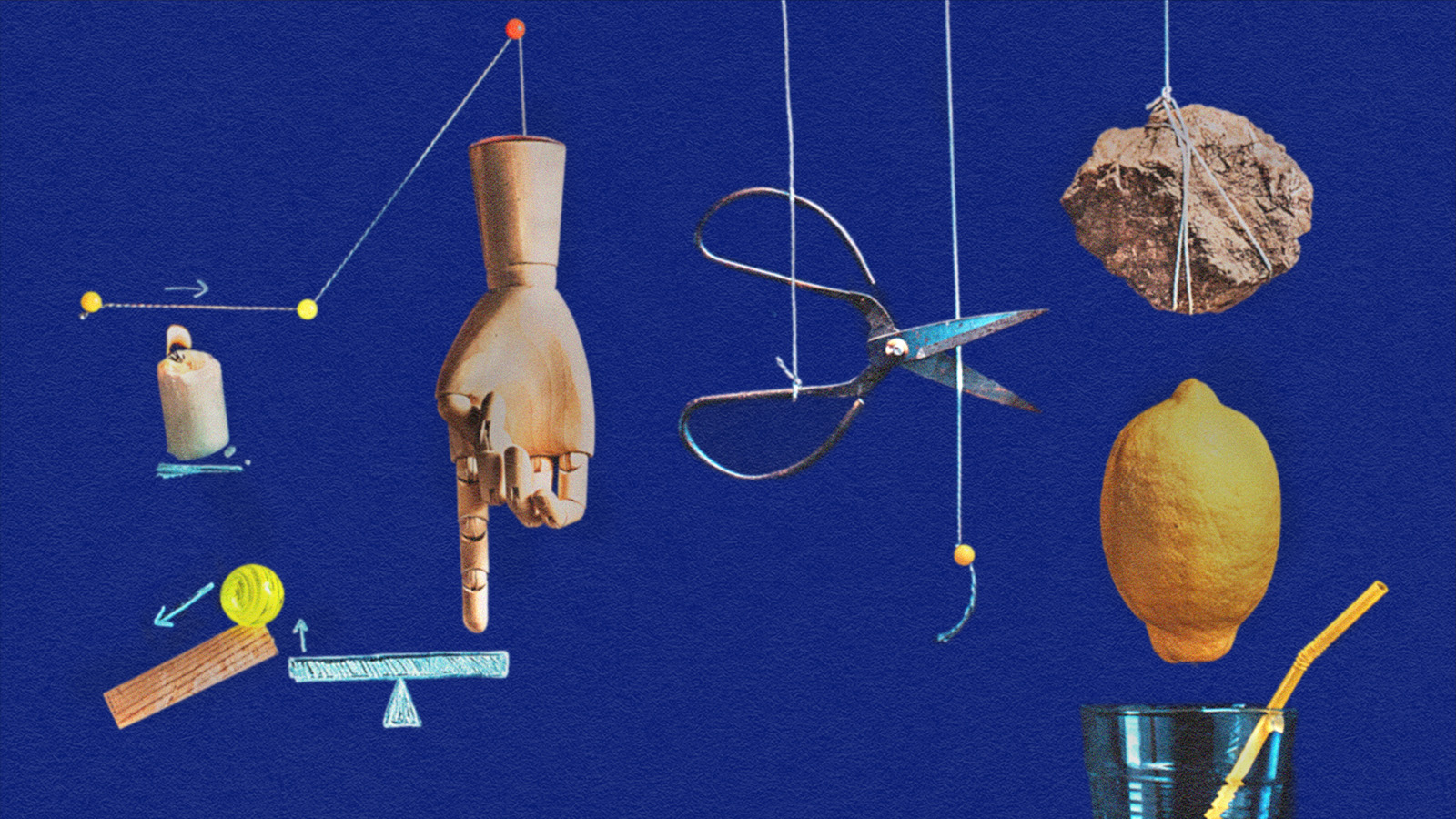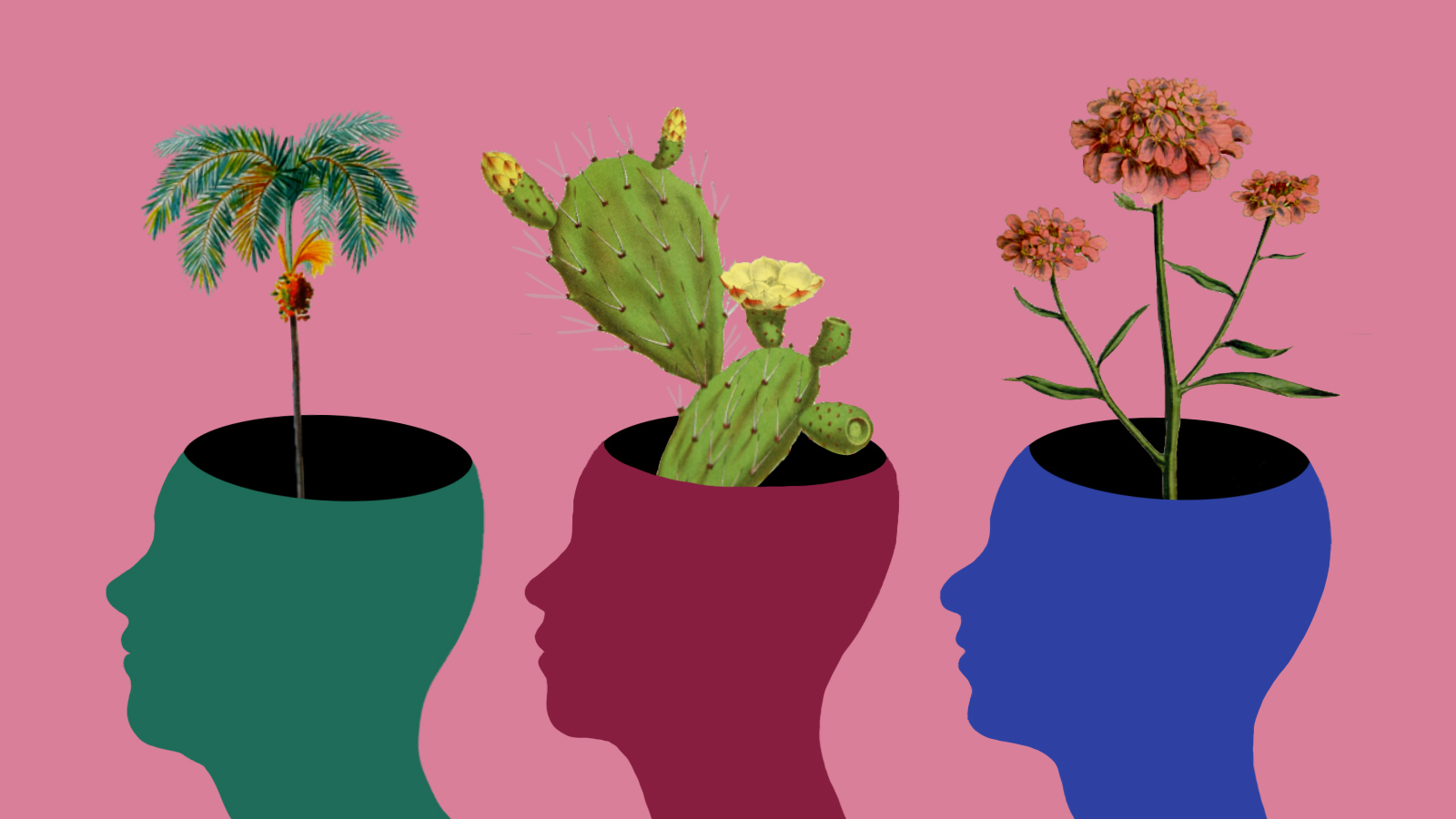Why the time for diversity in tech is now

This series on diversity and inclusion is sponsored by Amway, which supports a prosperous economy through having a diverse workplace. Companies committed to diversity and inclusion are better equipped to innovate and drive performance. For more information, visit amwayglobal.com/our-story.
Innovations created from the tech field affect countless areas of our lives and permeate through all classes and cultures. In recent years, it’s become increasingly more important to ensure that companies work toward creating a more diverse environment in this sector.
Individuals and institutions need tdo confront our internal biases as we begin to create A.I.-enabled technologies. Not only will this usher in a new era of work, where inclusivity and progress go hand-in-hand, but it’s also good for business. Diversity in tech is critical moving forward, as the ubiquity of the field impacts all areas of our lives. It’s not going to happen overnight; data show that approximately 90% of software developers are men. Bureau of Labor statistics show that in 2015, women filled just 25% percent of computing-related occupations. While there is a lot of work ahead of us there are also opportunities galore.
Women in programming leading the way
Diversity is slowly becoming a core tenant of many tech businesses. A.I. research is one such field that will tremendously benefit from a wider range of participants. Women and underrepresented minorities can add a lot of insight here; different backgrounds, ethnicities and genders all have unique perspectives to add to the programming mix and cultural matrix inside tech workplace cultures.
Unfortunately, women have been reported to leave the field at a 45% higher rate than men. Moving forward, we need to be able to communicate how fascinating and fulfilling a career in tech can be. Drumming up interest in computer science studies during students’ undergraduate years is one such way of getting women involved. For example, McGill University increased enrollment in a number of interdisciplinary programs through its McGill Women in Computer Science initiative.
Administrators at McGill found out that a majority of male students know right away that they want to be CS majors, while female students only figured that out in their 2nd or 3rd year. It’s much more efficient to create a program that lets female engineers find and develop their passion early on in their college career.
In recent years, new organizations and events have been created that are beginning to change and influence the industry. Events like Women in Machine Learning (WiML) and nonprofits like AI4ALL, an initiative that creates summer programs at Stanford to teach A.I. to diverse groups of students in high school, are leading the way. A.I. is a field that not only requires creativity and logical problem-solving skills but diverse viewpoints as well.
Fei-Fei Li, director at the Stanford Artificial Intelligence Lab, says: “If we don’t get women and people of color at the table—real technologists doing the real work—we will bias systems… Trying to reverse that a decade or two from now will be so much more difficult, if not close to impossible. This is the time to get women and diverse voices in so that we build it properly.”
The solution not only needed in A.I. but in tech in general is an interrelated approach brought on by recruiting greater diverse viewpoints and more female programmers. Behind those algorithms are real people who will bring unique outlooks to their code. Different ways of thinking aren’t just good for greater inclusivity and less biased innovations, but great for business too.
Wisening up to the benefits of diversity
Organizations that are able to harness diversity from multicultural teams are more likely to come up with better solutions to business-oriented problems.
Social scientist Scott E. Page, who’s known for his research in diversity and complexity, wrote a book on the subject. In The Diversity Bonus: How Great Teams Pay Off in the Knowledge Economy, he dives deep into identity diversity and cognitive diversity and how these ideas play out in the real world. Page goes beyond the notion that because diversity is the “right thing” to do we should do it; he also shows that it’s much more efficient to have a diverse team when approaching complex problems in a dynamic business environment.
“In everyday parlance, the diversity of a team will likely be described as a function of the social identities, complex and intersectional as they surely are (arrayed along dimensions such as race, heritage, sexual orientation, class and so on), of its members.
The Silicon Valley CEOs knew this well when they all committed to diversifying the high technology industry. Such group diversity also defined the life and work of the three hidden figures at NASA who helped turn around the space race. It was what educational leaders defended when they asserted, in the affirmative action cases at the University of Michigan, that diversity produces educational benefits for all students.”
There have beennumerous studies that point toward how valuable diversity is in the workplace.
But there still is a long way to go. Page reported in his book that:
“Data gathered by the National Science Foundation reveal low representation of women and minorities in many technical fields, and we cannot but infer lost diversity bonuses. In 2013-2014 1,200 US citizens earned PhDs in mathematics. Of these scholars, 12 were African American men and just 6 were African American women. From 1973 to 2012, over 22,000 white men earned PhDs in physics as compared to only 66 African American women and 106 Latinas.”
Many personal accounts have shown that women and underrepresented minorities face a number of direct and indirect obstacles during their scientific careers. Making it easier for these groups to learn and stay in the technical field will pay off in the long run.
As our nation grows more diverse, our technical products and creations need to be represented by this fact. Lessened biases will lead the way to greater cultural inclusion and better business practices all around.





